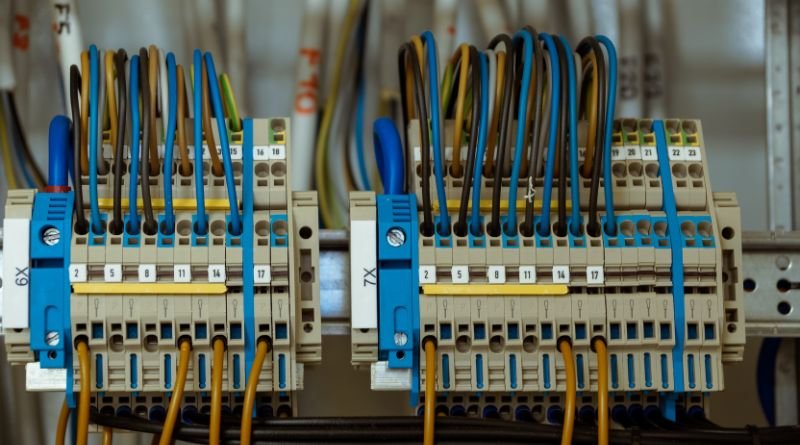The real estate market is a dynamic environment, continually shaped by economic, technological, and societal factors. As we move toward 2025, a fresh wave of trends is expected to redefine how people purchase homes. Understanding these trends can empower prospective buyers, sellers, and industry professionals to make informed decisions. This article explores the 5 home-buying trends that will define 2025, shedding light on innovations and shifts in consumer behavior that will influence the market.
1. Rise of Smart Homes and Sustainability
The integration of smart technology and eco-friendly designs in homes is expected to surge in popularity in 2025. Buyers are increasingly prioritizing properties equipped with smart systems such as automated lighting, security, and climate control. Moreover, sustainable features, including solar panels, energy-efficient windows, and rainwater harvesting systems, are becoming must-haves.
Environmental concerns and rising energy costs are driving this trend. Consumers are not just looking for houses but are investing in homes that align with their values and offer long-term savings. Builders and developers are responding by incorporating green building materials and offering certifications such as LEED (Leadership in Energy and Environmental Design) to attract eco-conscious buyers.
2. Remote Work and Hybrid Living Influencing Location Choices
The pandemic-induced shift to remote work has left a lasting impact on home-buying preferences. With flexible work arrangements becoming the norm, many buyers are prioritizing homes in suburban or rural areas where they can enjoy more space and better affordability. Proximity to work centers is no longer the primary factor in choosing a location.
Hybrid living spaces—homes that combine residential and workspace features—are also gaining traction. Properties with dedicated home offices, soundproof rooms, and high-speed internet connectivity are in high demand. This shift underscores a broader trend where buyers seek homes that cater to their professional and personal lives seamlessly.
3. Increased Focus on Multi-Generational Living
As the cost of living rises, more families are embracing multi-generational living arrangements. Homes designed to accommodate multiple generations, with features such as separate entrances, additional kitchens, and adaptable layouts, are becoming popular.
Cultural factors and economic considerations contribute to this trend. Multi-generational living not only reduces expenses but also strengthens family bonds. In response, developers are creating homes that offer privacy and independence while promoting a sense of community.
4. The Dominance of Virtual Home Tours and Online Transactions
Technology is revolutionizing the way homes are bought and sold. By 2025, virtual home tours, augmented reality (AR), and online platforms are expected to dominate the real estate industry. These tools allow buyers to explore properties remotely and make purchasing decisions from anywhere in the world.
The convenience of online transactions is particularly appealing to tech-savvy millennials and Gen Z buyers. Digital contracts, blockchain-secured property records, and virtual escrow services streamline the home-buying process, making it faster and more efficient. Real estate agents are increasingly leveraging these technologies to provide enhanced customer experiences.
5. Affordability Challenges and Creative Financing Solutions
Affordability remains a critical concern for many homebuyers. With rising interest rates and housing prices, prospective buyers are seeking innovative financing options. In 2025, solutions such as shared equity programs, co-buying arrangements, and long-term mortgage plans are expected to gain traction.
Government policies aimed at making housing more accessible, including subsidies for first-time buyers and incentives for low-income families, will play a pivotal role. Additionally, the growth of fractional ownership models, where multiple investors jointly purchase a property, is set to reshape the affordability landscape.
Conclusion
The 5 home-buying trends that will define 2025 highlight a transformative period in the real estate market. From the rise of smart homes and sustainability to the influence of remote work, multi-generational living, virtual transactions, and creative financing solutions, these trends reflect a blend of innovation and adaptation to contemporary challenges.
For buyers, understanding these trends can help navigate the complexities of the market and identify properties that meet their needs and aspirations. For sellers and real estate professionals, staying ahead of these trends is essential to remain competitive in a rapidly evolving industry. By embracing these shifts, all stakeholders can contribute to a more resilient and inclusive housing market.
Read also:




